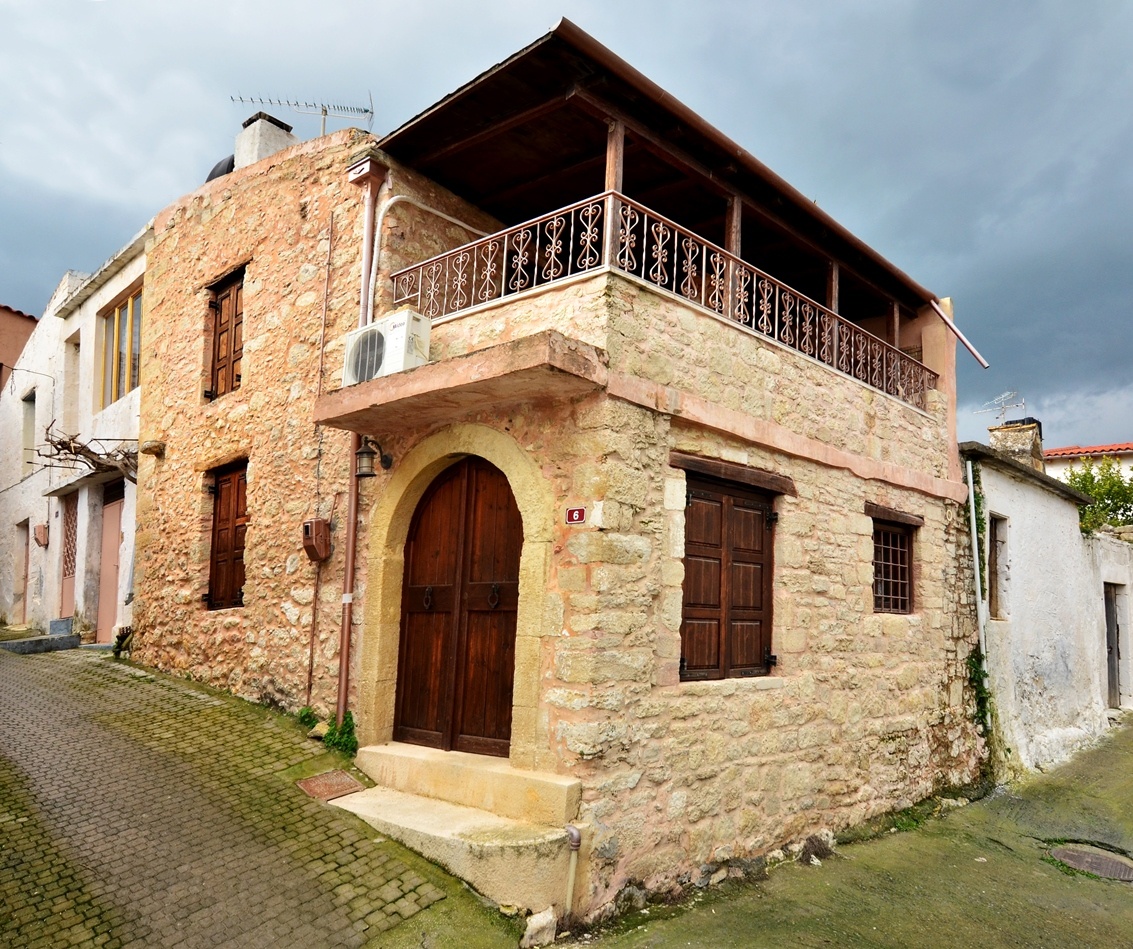
The landscape around the hamlet gives away the occupation of its residents: Extensive olive groves and vineyards, have been cultivated with care and the toil of local people for decades, producing top quality olive oil and wine. The most important churches of Meleses are Evangelismos tis Theotokou (Annunciation of the Virgin) (matron saint), Agiou Georgiou (St. George), Agias Paraskevis (St. Paraskevi), as well as the older churches of Agias Pelagias (St. Pelagia) and St. Anthony. The name of the village indicates bee keeping (meleses means bees); indeed, during the 2nd Byzantine period Crete was one of the major honey producing parts of the empire and bee keeping one of the farmers’ main occupations. The history of the hamlet is centuries old. The oldest reference to the village name is in a document of 1271, by Chandax notary public Pietro Scardon, who refers to it as Mellexe. In the broader region of Meleses funereal relics have been discovered, dating mainly to the Late Minoan Period.
An important role in the education of local youth is played by the Secondary School Complex (Gymnasium [Junior High School] and Lyceum [Senior High School) of Meleses, named Malioteion Educational Institute. This was founded in 1967 by Greek expatriate Konstantinos Maliotis, who came from this village.



